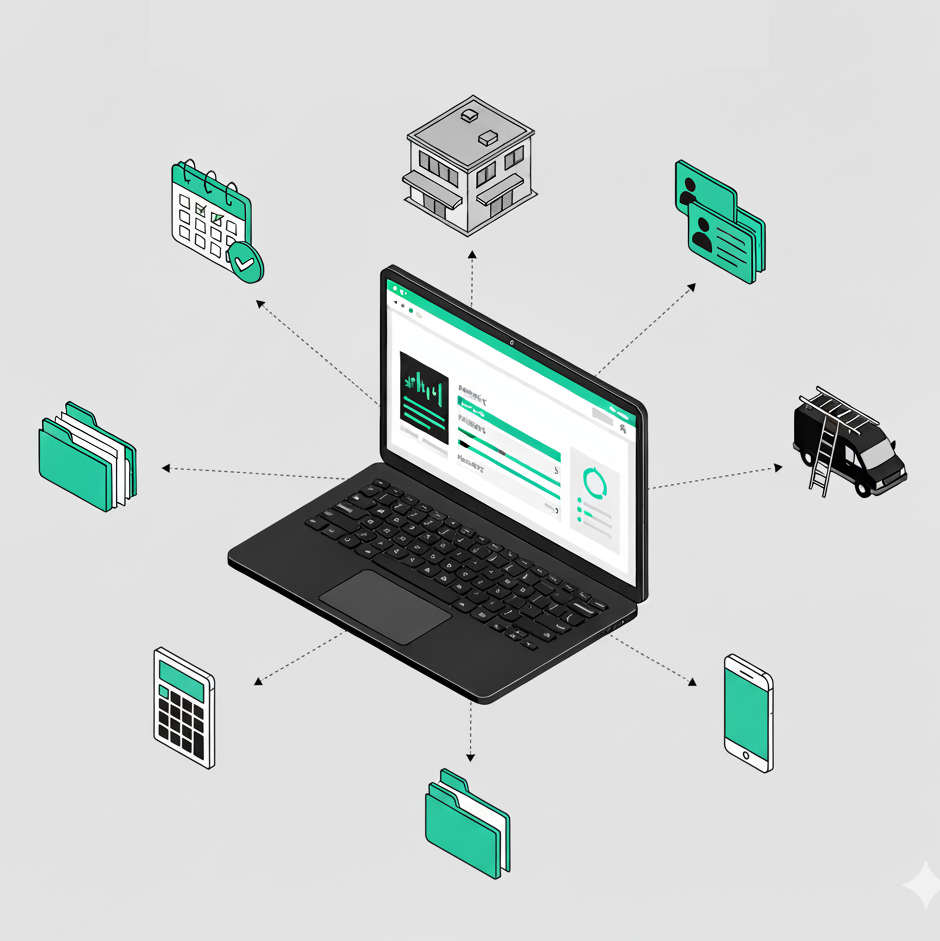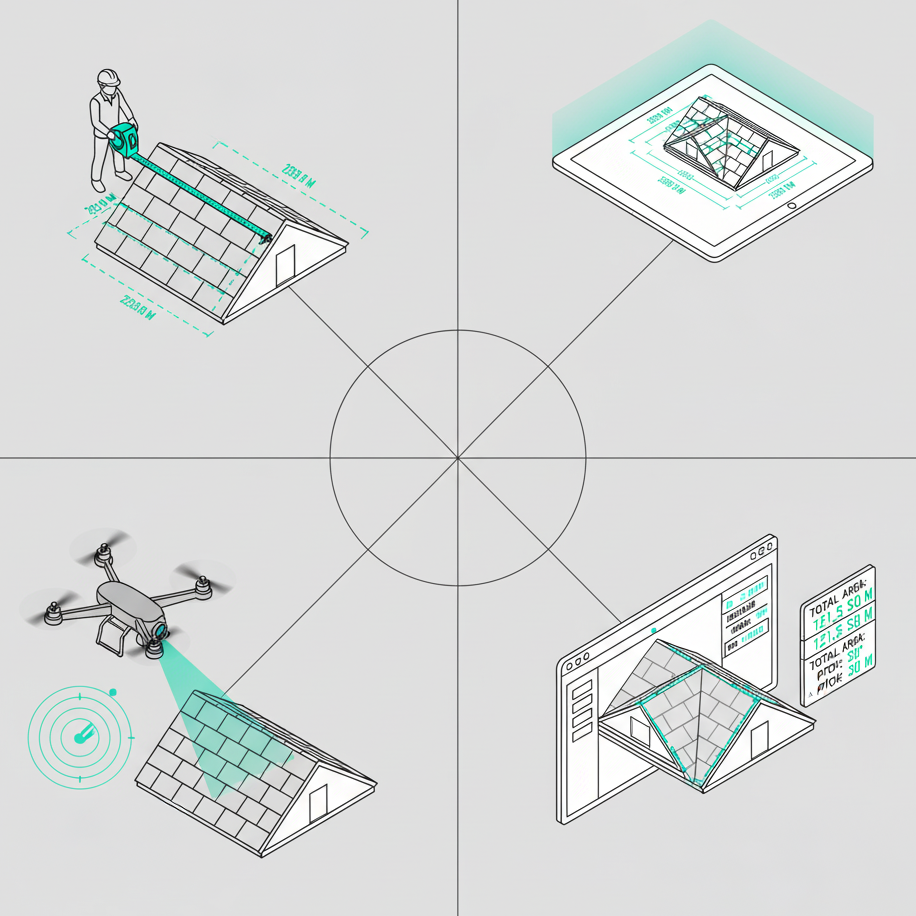Roof Inspection and Maintenance: The Complete Guide for Roofers, Solar Engineers, and Property Owners


Roof inspection using drones is up to 90% faster and more cost-effective than traditional methods. Modern drone technology is revolutionizing roof maintenance through precise documentation without safety risks when climbing.
A regular roof inspection not only protects your building from expensive subsequent damage, but can also have insurance benefits. This guide shows you when drones are the better choice and how to develop the optimal inspection strategy for your project.
Why regular roof inspections are essential
Insurance companies expect homeowners to take appropriate care in building maintenance. According to a 1993 Federal Court of Justice ruling, neglect of roof care in the event of damage can lead to problems with insurance if this results in or increases storm damage.
Without regular inspections, you risk having problems with your insurance coverage in the event of a claim. Preventive measures save considerable costs: While a professional roof inspection costs an average of 216 euros according to Zoofy, failure to maintain can result in thousands of dollars of damage.
Early detection of small defects prevents major structural damage. Corrosion, cracks or slipped bricks can be repaired inexpensively if they are discovered in good time. If a leak is only noticed after years, subsequent damage to the roof truss or insulation can occur.
Typical damage patterns on German roofs:
• Corrosion of metal parts due to weather conditions
• cracks in roof tiles or concrete elements
• Tilted or moved bricks after storms
• Clogged or damaged gutters and downpipes
• Leaks at connections and penetrations
• Seal wear on flat roofs
When should you have your roof inspected?
Experts recommend an annual roof inspection, ideally in autumn before the stressful winter period. According to the blueprint guide, many professionals rely on maintenance twice a year — before and after the cold season.
In addition to the annual routine inspection, you should have your roof checked after severe weather events. Especially after hail, storms or heavy snowfalls, hidden damage can occur even if the roofs look intact on the outside.
Optimum inspection rhythm:
• spring: Inspection after winter, gutter cleaning
• autumn: Preparing for the stresses of the cold season
• After storms: Check for storm damage within 14 days
• For old buildings: More frequent checks every 6-8 months are recommended
• new buildings: First inspection after 2-3 years, then annually
Market data shows that most homeowners pay between 119 and 313 euros for a professional inspection. This investment pays off by avoiding major repairs and maintaining good relationships with your insurance company.
Traditional roof inspection vs. modern drone technology
Manual roof inspection: effort, costs and limits
Traditional roof inspection requires considerable effort and poses safety risks. Higher buildings or steep roofs often require scaffolding, which, according to Sanier.de, costs 6 to 12 euros per square meter.
The risk of accidents in the roofing trade is considerable: Data from the Deutsche Handwerks Zeitung show that around 9,000 roofing accidents occurred in 2022. Of 71 fatal construction site accidents, 26 were due to crashes — 12 of them from roofs to the outside.
Manual inspections have further disadvantages: The time required, the documentation is often incomplete and the results are difficult to share with third parties. Traditional methods reach their limits when it comes to complex roof structures or historic buildings.
Limitations of manual inspections:
• High safety risks for inspectors
• Scaffolding costs for buildings with 2 floors or more
• Time-consuming documentation without digital tools
• Hard-to-reach areas often go unchecked
• No standardized, shareable reports
Roof inspection with drone: efficiency redefined
Drone roof inspections are significantly more efficient and safer than traditional methods. Professional providers use high-resolution cameras on drones. As a result, even the smallest defects can be detected.
According to dein-drohnenpilot.de, modern drone technology enables an average flight time of around 24 minutes per battery charge. Complex roofs can be systematically flown off without inspectors having to take safety risks.
Benefits of drone roof inspection:
• Significant time savings compared to manual inspection
• High-resolution documentation of all roof areas
• Instant GPS-coordinated damage location and reporting
• No safety risk for inspectors due to ground-based treatment
• Potential cost savings by eliminating scaffolding
• Digital, shareable reports with panoramic images
When are drones the better choice?
Perfect areas of application for drones
Drones are particularly profitable for tall and complex buildings. The benefits of using drones increase with building height and the complexity of the roof structure. The technology is ideal for historic buildings and churches where traditional inspection methods are difficult or impossible.
For larger buildings, drone inspections quickly achieve their economic advantage. Above an estimated roof area of around 100 square meters, the drone is becoming increasingly cost-effective than traditional scaffolding methods.
Ideal use cases for drones:
• Multi-family buildings and commercial properties over 2 floors
• Complex roof landscapes with many dormers and connections
• Historic buildings with sensitive roof structures
• industrial halls and large flat roofs
• Hard-to-reach locations without a crane
Limits of drone technology
Despite all their advantages, drones also have limitations. The average flight time of 24 minutes may require several flights for very large building complexes. Strong wind or rain prevent safe flights.
Important: A drone does not replace a technical evaluation by a roofing expert. Structural problems below the surface, small leaks without visible traces, or detailed testing of connections often require physical assessment by specialist personnel.
When physical assessment is essential:
• Suspicion of structural roof truss problems
• Assessment of the viability of planned renovations
• Detailed inspection of seals and connections
• Repair planning with direct material contact
Comparing costs: How much does a roof inspection cost?
Drone inspections range in a similar price range of 150-400 euros, offer high accuracy and digital documentation.
Small single-family homes can be inspected with drones starting at 199 euros, while larger company buildings can cost up to 399 euros and more. These prices usually include flight, data evaluation and a detailed inspection report.
Thermal roof inspections using thermal imaging cameras for insulation testing are more complex and cost between 400 and 600 euros. This specialized method requires more technical effort, but can reveal hidden problems in the building envelope.
Cost comparison inspection methods:
• Standard manual: 119-313 euros plus any scaffolding costs
• Drone standard: 150-400 euros, small family home from 199 euros
• Thermal drone: 400-600 euros for thermal image analysis
• Additional scaffolding: 6-12 euros/m² = 900-1,800 euros with 150m² roof
Legal requirements: drone license and permits
Drone driving license costs and requirements
For roof inspections with drones, you need at least the EU certificate of competence A1/A3, which is required for drones of 250 grams or more. According to the Federal Aviation Office, this costs 25 euros examination fee and is valid for 5 years.
In built-up areas weighing less than 2 kilograms of drone weight, the EU remote pilot certificate A2 is required. The theory test at an audit center costs 30 euros; according to Drohneversicherungsvergleich.de, preparation courses are between 71 and 400 euros, depending on the provider.
Driving license overview for roof inspections:
• A1/A3 Certificate of Competence: 25€, valid for 5 years, from 250g drone weight
• A2 remote pilot certificate: 71-400€ course plus 30€ exam, for built-up areas
• Registration with the LBA: Additional registration requirement required
• insurance: Liability insurance mandatory for drone flights
Permits and flight restrictions
When flying over adjacent properties, privacy regulations must be observed. In many cases, approval from neighbors is required, especially when flying over living areas.
Urban no-fly zones and general permits issued by the federal states regulate where drone flights are possible without special permits. Current information can be found at the respective aviation authorities.
Practical process of a roof inspection
Step-by-step: This is how a drone roof inspection works
A systematic drone roof inspection follows optimized flight patterns for various roof types. The pilot flies off the building in predefined paths and documents all areas with high-resolution photos and videos.
Data evaluation is usually carried out within 24 hours after the flight. GPS coordinates enable the exact location of damage areas, while specialized software automatically generates test reports with panoramic images.
The 5-step process:
- Flight planning: Define route and focal points based on building type
- Systematic overflight: Fly off all roof areas in optimal flight patterns
- Data collection: Take high-resolution photos/videos with GPS coordination
- Evaluation: Automatic analysis and damage detection through software
- Reporting: Detailed audit report with panoramas and recommendations
What exactly is being documented?
Modern drone roof inspections systematically document all visible damage and abnormalities. These are often corrosion, cracks, slipped bricks and other damaged areas.
Thermal imaging complements visual inspection by revealing thermal bridges and insulation defects. This technology is particularly valuable for energy efficiency assessments and concealed moisture problems.
Which method is worthwhile for whom?
Decision-making aid: drone or traditional inspection?
The decision between drone and traditional inspection depends on building height, roof complexity, budget, and time frame. Ladder inspections can still be economical for smaller single-family homes with a roof area of less than 100 m².
Starting from 2-storey buildings with potential scaffolding requirements, the drone often becomes significantly more cost-effective. Complex roof landscapes with many dormers, connections or hard-to-reach areas are predestined for drone technology.
Decision matrix for inspection methods:
• Under 100 m² roof + simple form: Traditional method often sufficient
• 100-300m² roof: Drones are becoming more cost-effective, especially when faced with complexity
• Over 300m² or multi-storey: Drones are often the economic choice
• Time pressure or safety concerns: Drone regardless of building size
• Detailed repairs planned: Optimum combination of both methods
Conclusion: The right strategy for your roof inspection
Drone roof inspections offer significant advantages in terms of efficiency, safety and often also in terms of costs. For buildings with 2 storeys or complex roof structures, they are often the economically optimal solution with potential cost savings compared to traditional methods using scaffolding construction.
However, the technology does not replace the roofer's professional expertise, but complements it optimally. The combination of precise drone documentation and professional evaluation by experts delivers the best results.
For property owners and craft businesses, an annual drone inspection is recommended as standard, supplemented by detailed physical checks for specific repair needs. This strategy ensures optimal building maintenance while minimizing costs and risks.
Airteam.ai offers the starter package for professional roof inspection with drone, which lets roofers and carpenters get started right away from €1,950.
Frequently asked questions (FAQ)
How often should I have my roof inspected?
Experts recommend an annual roof inspection, in addition after severe storms. Insurance companies expect appropriate care when maintaining buildings. Many professionals rely on maintenance twice a year before and after winter in order to identify damage at an early stage and avoid insurance problems.
How much does a roof inspection with a drone cost?
A drone roof inspection costs between 150-400 euros, depending on the size of the building. Small single-family homes start at 199 euros, larger properties correspondingly more. This can be significantly cheaper than traditional methods using scaffolding, which can cost up to 1,800 euros in addition.
Do I need a drone license for roof inspections?
Yes, from 250 grams of drone weight or for camera drones, you need at least the EU certificate of competence A1/A3 for 25 euros. Flights in built-up areas require the A2 certificate, which costs around 71-400 euros for preparation courses plus 30 euros examination fee.
Do drones completely replace roofers?
No, drones are a high-precision inspection tool for damage documentation. The technical evaluation, repair recommendations and craftsmanship remain with the roofing expert. The combination of both approaches provides optimal results for building owners.
What damage does a drone not detect?
Structural problems below the roof surface, small leaks without visible traces, or detailed testing of connections often require physical assessment. Even the assessment of the load-bearing capacity or hidden insulation defects without a thermal camera remains on site for specialist personnel.
sources
The information in this article is based on research on specialist portals such as Zoofy, Sanier.de, Deutsche Handwerks Zeitung, SPECTAIR, meinDACH, dein-drohnenpilot.de, Blueberatgeber, Photography Leisner, Dachdeckerei Marske, Drohneversicherungsvergleich.de and the Federal Aviation Office. All cost information and technical specifications were collected at the time of research and may vary regionally and over time.



.jpg)